The essential. An interview with Mark Shipard
The essential. An interview with Mark Shipard
April 5, 2024
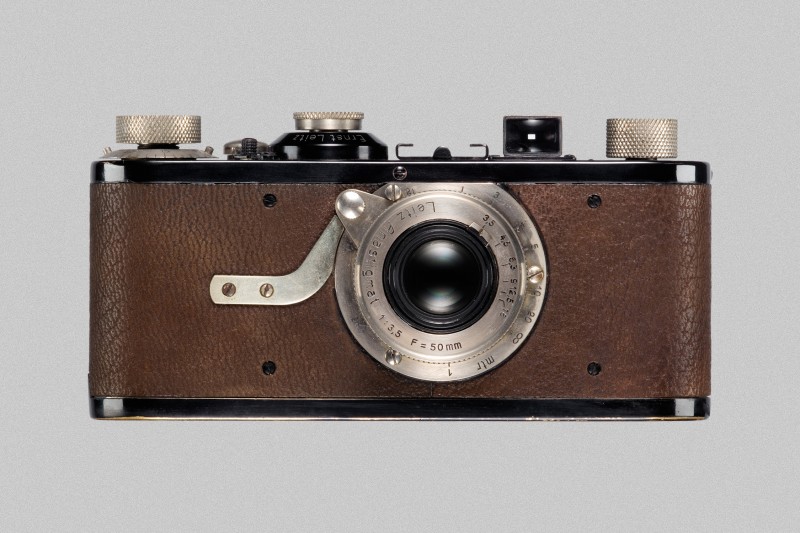
The Leica IA with a fixed Anastigmat 50 f/3.5 was introduced in 1925
Complementing our extensive look at Leica’s design philosophy, we spoke with Mark Shipard, the Australian who is currently Head of Design at Leica, about his background, his ideas, and the legendary M design.
LFI: Mark Shipard, you’ve been head of the design department at Leica since 2015. Before that you worked for Audi, for example. Do you have a favourite Leica camera, which one?
Mark Shipard: On a personal level, it would have to be the Leica III, which I inherited from my grandfather. He purchased the camera together with three lenses in Vienna in the 1930s. It is still in perfect working condition!
If we take a look at the Leica M3 from 1954 and the current M11 – as well as all the models that have been introduced in between – it becomes clear that the basic design language – literally, the reduction to the essential – has not changed over the decades. What does this reveal about Leica and its design philosophy?
Our core design principles, such as simplicity and ease-of-use, were initiated with the Ur Leica design, which in turn, over multiple generational developments including nearly 70 years of M camera, has resulted in a clear evolutionary design approach.
Henri Cartier-Bresson – the master of the decisive moment – took all his iconographic pictures with an M-Leica. The Queen was photographed with a Leica M3 in 1958, and James Bond uses an M3 in Goldfinger. When Steve Jobs presented the iPhone 4 during WWDC 2010 in San Francisco, he made reference to the beauty and durability of an old Leica M. Is it just a coincidence, or is there more to it?
I believe it’s much more than coincidence. For great photographers such as Henri Cartier-Bresson, the Leica M was and remains today the absolute tool of choice. Leica’s design and build quality have been a source of inspiration for many other product designers for decades.
When you think about innovations in a camera today – for example, a flip-up monitor in the new Q, or eliminating the base plate of the M11 –, is the strict design line more of a dictate, or a source of inspiration to realise something new in the style of the traditional?
As designers we are always committed to exploring new and improved ways for our customers to use our products. Defining the appropriate balance between Leica’s design heritage and projecting to the future, is a key challenge the design team takes on every day.
Smartphone photography, Instagram and the like are changing the way we take photographs and interact with the medium, while at the same time we are experiencing an unbroken peak in analogue photography. How does this fit together and what role can it play in Leica’s design philosophy?
On the one hand, smartphone photography has put accessibility to photography into millions of users’ pockets. At the other end of the spectrum, a Leica M11, or an analogue Leica M, is designed and engineered for a photographer seeking a much deeper level of engagement in the picture taking experience. With our diverse product portfolio at Leica, we are embracing both approaches.
Apart from Leica’s characteristic design language – the clearly recognisable Bauhaus borrowings – what else is typical and important for a Leica M?
The are several key design elements which carry over from one generation to the next. The oval form, three-part body as well as the overall materiality. You simply must take it into your hands and use it. The quality and finish of the materials, the feeling, precision, sound and visual clarity of the operational elements, all make the Leica M a product experience beyond comparison.
Mark Shipard+-
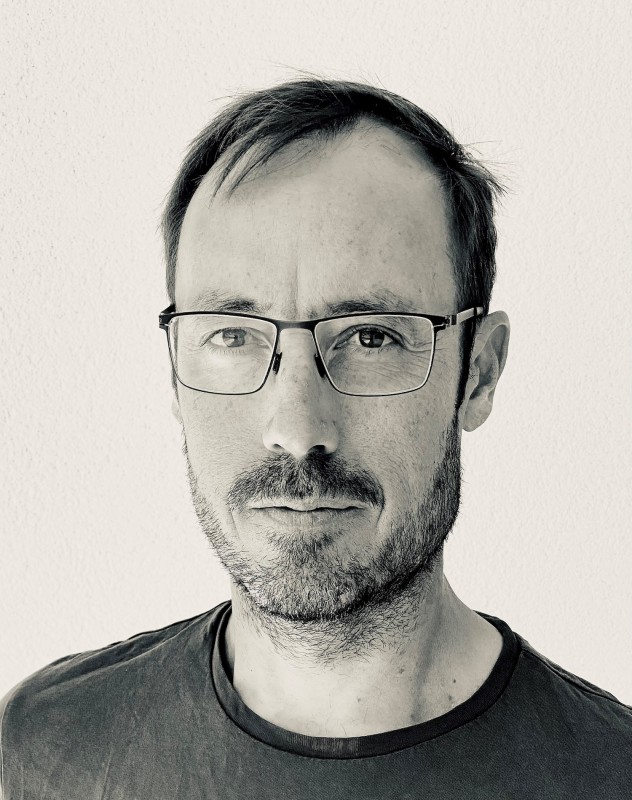
Mark Shipard is currently in charge of the design department at Leica Camera.

The Leica IA with a fixed Anastigmat 50 f/3.5 was introduced in 1925
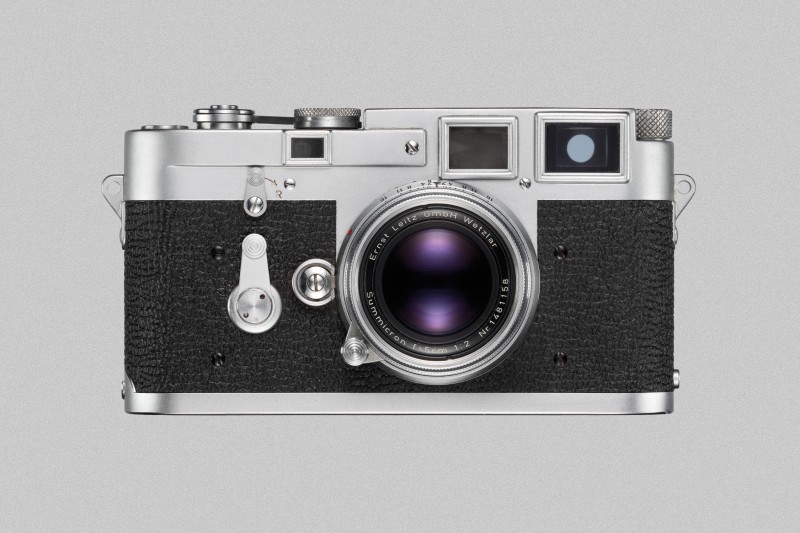
The first M-Leica saw the light of day in 1954. It is still style-defining today
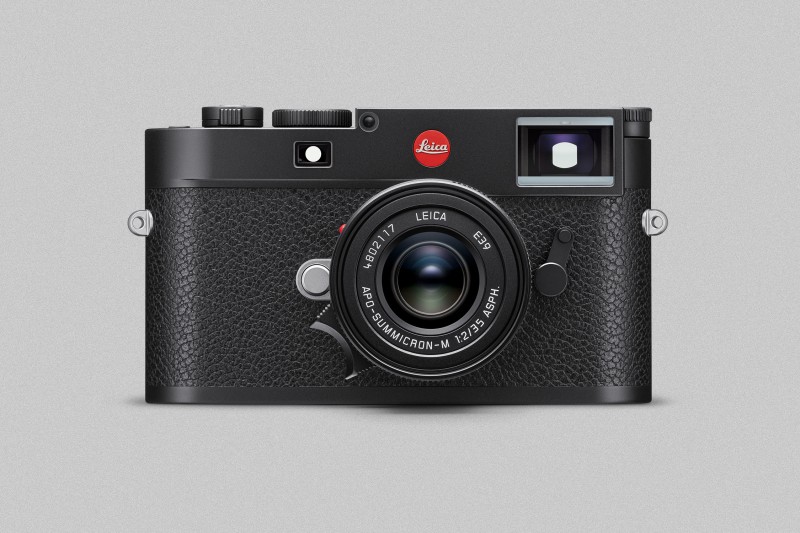
Even after 70 years, the roots of the Leica M’s design language – here the M11 – are still clearly recognizable
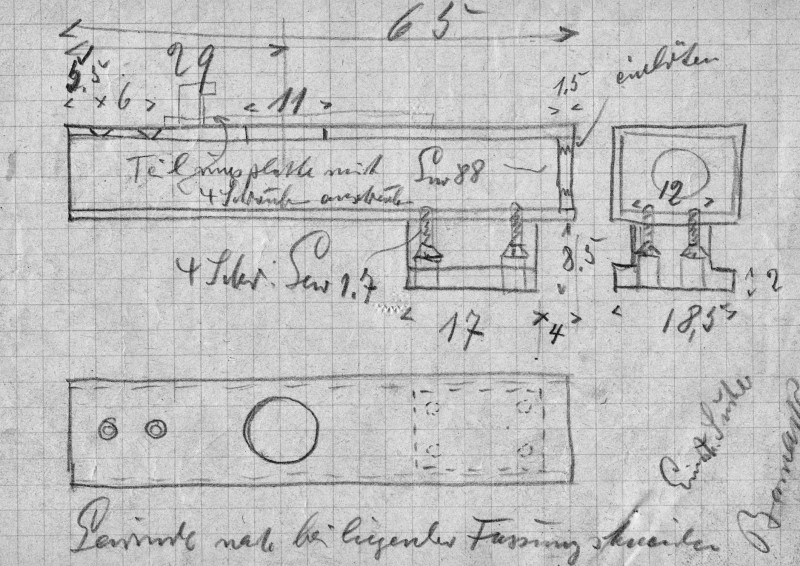
A sketch of the Leica IA presented in 1925, which Oskar Barnack developed around the 2:3 aspect ratio film. “I consider the 2:3 aspect ratio to be the most beautiful and practical”, he wrote